Solo Backpacking in the Glacier Peak Wilderness: A Journey of Self-Care, Summer Snow and Overcoming Fear

Contributed by Paxton Hall
The great outdoors provide us with the best experiential multi-tool in existence. They offer up a mind-blowingly diverse array of experiences for those who dare to venture out from the comfort of their couch. I go outside for so many different reasons: to have fun, reflect, push boundaries, confront fears, connect to people more deeply, and ultimately to put life into perspective, be humbled and feel small. It was in pursuit of some of these reasons that I found myself packing a bag on a warm Friday evening in mid-July for a trip into the Central Cascades.
I planned to spend the weekend backpacking in the Glacier Peak Wilderness with a couple of extra pieces of gear strapped to my pack – namely a pair of backcountry touring skis and ski boots. Let me explain. This year I decided to make it one of my goals to earn my way into a rather eccentric group of outdoor enthusiasts that exist here in the Northwest. Members of this group are singularly united by one almighty edict – to carve turns on snow at least once a month, every month of the year. The group is known simply as Turns All Year, often abbreviated as TAY.

Packed and ready to hit the trail at the popular Phelps Creek Trailhead | Photos by @paxtunz
In pursuit of my seventh consecutive month of ski turns, I dreamed up this trip to explore a part of the Cascades I hadn’t been to before. However, I wasn’t able to lock down any partners for the weekend. That meant that I would be going solo, which required that in addition to carrying everything I’d need to spend a night outside, I would also need to manage one of my biggest fears – traveling and sleeping alone in the backcountry. My secret weapon? Headphones and good podcasts. Solo or not, packing for these types of trips is a deeply personal endeavor. Some decide to go as light as possible. Other’s make do with what they have or like to sacrifice weight for comfort. I try to strike a balance, though; I’m still dialing in my kit. I typically bring ultralight touring skis, lightweight trekking poles and a bivvy bag, but also tote a book, camp chair, and power bank as my extras. It’s a learning process. Every trip brings lessons on what worked, what could have been better and which pieces made the whole experience more enjoyable (sour patch kids always make the cut).
I arrived at the Phelps Creek Trailhead at 8 am the next morning and was greeted with views to the east of the snowfields and glaciers on Buck Mountain and the Chiwawa Ridge. For a solo tri, I was far from alone. My Subaru was just one of nearly 50 cars parked at the trailhead. My destination for the day, Spider Meadow, is a popular weekend hiking and overnight camping spot. It’s a six and a half-mile hike in, with roughly 1,900 feet of elevation gain. The trail takes you through sixteen seasonal creek crossings, a second-growth forest, and numerous meadows filled with wildflowers. It’s a great hike and one on which you definitely want trekking poles to help navigate the creek crossings, especially if you have a heavy pack.

L: Solid trekking poles make for easy creek crossings; R: Don’t steal the map, just take a photo! | Photos by @paxtunz
Hiking alone is something I’m still getting used to. Not having companions allows you to figure out your own rhythm. You find your speed, whatever that may be. You can book it to your destination or stop to smell/take photos of the flowers in every meadow. The idea of running into a cougar or a bear while alone is always in the back of my mind, however slim the chances may actually be. I often carry a bell bear, despite the conflicting research out there as to whether or not they actually work. The jingling gives me some peace of mind and it comes with a magnetic silencer so you can easily quiet the bell when you want to. I’ve found that attaching it to one of my trekking poles is the best bet for making a consistent noise. Using a pair of trekking poles with a choke-up extension that has a fatter section of foam at the bottom to stop the bell from slipping off works best.
The miles seemed to fly by. Before long, views of Red Mountain, Chiwawa Mountain and their stashes of summer snow began appearing before me between stands of doug fir and hemlock. Soon enough, Spider Meadow unfurled in front of me as I walked out of the forest. It was stunning. It boggles the mind to think about how nearly every winter this valley bears witness to absolutely massive avalanches that prevent the forest from overtaking those wide-open spaces.

Looking up the valley towards Phelps Basin, Spider Gap, Red Mountain and Dumbell Mountain | Photo by @paxtunz
I found a large and mostly flat rock just off a path in the center of the meadow. Not large enough for a tent, the rock had plenty of space to lay out my bivy, sleeping bag, packable camp chair and the rest of my gear. By noon, I decided that was it for the day. I just wanted to relax, read, watch the clouds go by and doze in the summer sun. In our fast-paced, always be doing something, consuming something culture, opportunities to truly slow down are few and far between. I read for a few hours in the comfort of my camp chair before mosquitos forced me to take shelter inside my bivy. At some point, I dozed off. When I woke up, the breeze had picked up and seemed to have sent the mosquitos packing. I lounged, soaking up the sun as I watched clouds drift lazily by. Doing nothing felt almost wrong at first, but as I settled further into the afternoon, the feelings of guilt gave way to a sense of fulfillment and ultimately gratitude.

L: Catching up on summer reading while basking in Spider Meadow’s gorgeous views; R: Red Mountain and the promise of summer snow | Photos by @paxtunz
Eventually, the sun started to drop closer to the western ridgeline, which was my cue to make dinner and prep for the following day. Between bites of rehydrated lasagna, I tried to scope out with a monocular where the unmaintained trail ascended from the valley up to Spider Gap. I came up empty, the mystery left for me to uncover by foot the following day.
As it started to get dark around 10 pm, my nerves inevitably started to kick in. The outer clamshell of the bivy was unzipped to the top of my shoulders, but I had to keep the bug net fully zipped. I needed to keep the bugs out, but I damn well wanted to be able to keep an eye on my surroundings. The half-moon provided just enough light to make you think you could see but still tricked you into seeing things. Even with twenty to thirty other people spread throughout the meadow, thoughts still raced through my head. Classics like “why in the heck do you do this to yourself?”, and the usual “what are you doing out in the middle of nowhere, totally exposed, basically offering yourself up as catnip for the local valley cougar?”. For me, podcasts help keep the doubt and fantasizing at bay. A little This American Life mixed with some Dirtbag Diaries lulled me into a sense of calm. It’s always okay. The morning always comes around. Pushing your boundaries, and becoming comfortable with the uncomfortable is a deliberate process.

L: Dinner is always more enjoyable in the comfort of a camp chair; R: Scoping out the next day's lines | Photos by @paxtunz
Around 6:30 am I crawled out of my cozy sleeping bag and into the morning. An hour and a half after hitting the trail, I arrived at the decaying remnants of what was the Spider Glacier, now just a permanent snowfield, a casualty of our warming climate. As I took off my pack to catch my breath and change gear, two backpackers appeared behind me heading up towards the gap. We exchanged a quick greeting before they continued on. I swapped trail runners for boots, stuck skins on skis and began skinning up to the top of the gap.
The snowfield was tucked into a small valley, it was maybe 50 to 100 feet wide and at 9 am, was still mostly shaded. The snow was soft and sun cupped. Soon I caught up to the backpackers. Zach and Brandon were brother-in-laws from the east coast on a five-day backpacking trip through the Glacier Peak Wilderness. In awe of the incredible alpine beauty around us and headed in the same direction, we struck up a fast friendship.

L: Wildflowers on the trail up to Phelps Basin and Spider Gap; R: Left or right? Both are good options, but only has a snowfield | Photos by @paxtunz
We continued up to the top of the gap. Before us lay an expanse of some of the most scenic wilderness I’ve seen in all of Washington. Below the summit of Chiwawa Mountain, what is left of the Lyman Glacier is split in two. The bottom half tumbles into the turquoise Upper Lyman Lake which then meanders its way down through a barren rocky wasteland into a verdant pine forest and Lyman Lake proper. To the north, wrapped in ever-shifting clouds, from east to west, was Plummer Mountain, Sitting Bull Mountain, Cloudy Peak, North Star Mountain, and Bonanza Peak. It was hard not to stand up at the top of the gap all day and just drink in the views. However, the snow was calling and my legs were itching to carve those turns I had come so far for.

Skinning up the Spider Snowfield to the top of the gap | Photo of @paxtunz by @zachpschmidt
Before I knew it I was sliding forward, carving into and through the snow. That rush, the sense of weightlessness, the skis and boots acting as natural extensions of the body, the feeling of flowing through a landscape in such a way that you feel intimately connected to it – that was why I had come so far. In those moments everything feels right with the world and you have the overwhelming sense you are exactly where you are supposed to be. It’s vindicating, it’s liberating, it’s intoxicating, it’s addicting.
Down by the lake, exhilarated, I stopped, clicked off my skis and did my best to appreciate the moment. Seven months down, with five yet to go towards my first Turns All Year. Zach and Brandon caught up just as I began getting ready to skin back to the top of the gap, back to the land of todo lists and responsibilities. I still had quite a few miles to return to the trailhead by 5 pm. It was already 11 am. Time to part ways. I wished them luck as they walked away down towards the lake and deeper into the wilderness. For a few moments, I looked on with envy. I desperately wished I could join them.

The remnants of the Lyman glacier | Photo by @brandondev15
Suddenly I was alone again and it was unsettling for some reason. I started hauling uphill and within 30 minutes I was up at the top of the gap. Ten minutes later I was skiing again, down the Spider snowfield and back to modern life. An hour and a half after that, I was in the meadow re-packing my gear and by 4:30 pm, after nearly rolling an ankle, I was at the car.
With my pack finally, mercifully off, I sunk into my camp chair and sipped on a crisp beer, thankfully still cold from the cooler in my trunk. The cool air hit my aching feet after I swapped trail runners for Chacos. I sat there for a few minutes to unwind before hitting the road. Did I finish the trip with some grand lesson on how to deal with sleeping alone outside or how to not be worried about wildlife while hiking solo? Nope. Dealing with your fears isn’t about some singular revelation. It’s a slow and deliberate process to become comfortable with the uncomfortable. Headphones and podcasts are still my go-to crutches, but with each solo trip, I sleep and hike a little easier, which in turn lets me venture a little further in pursuit of new mountains and more turns.

Worth every step | Photo of @paxtunz by @zachpschmidt




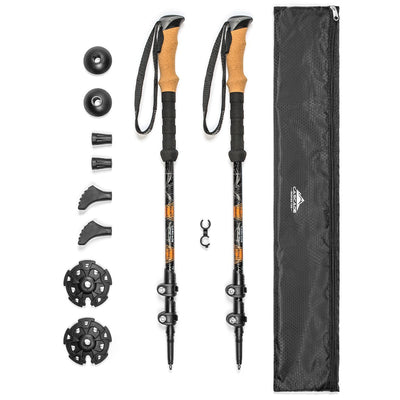
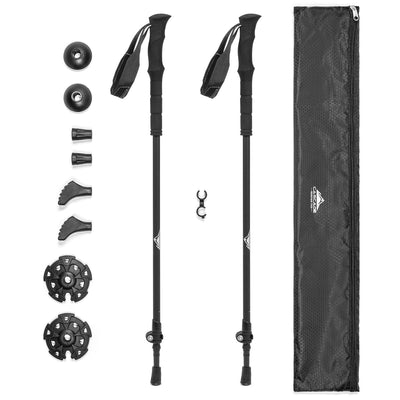
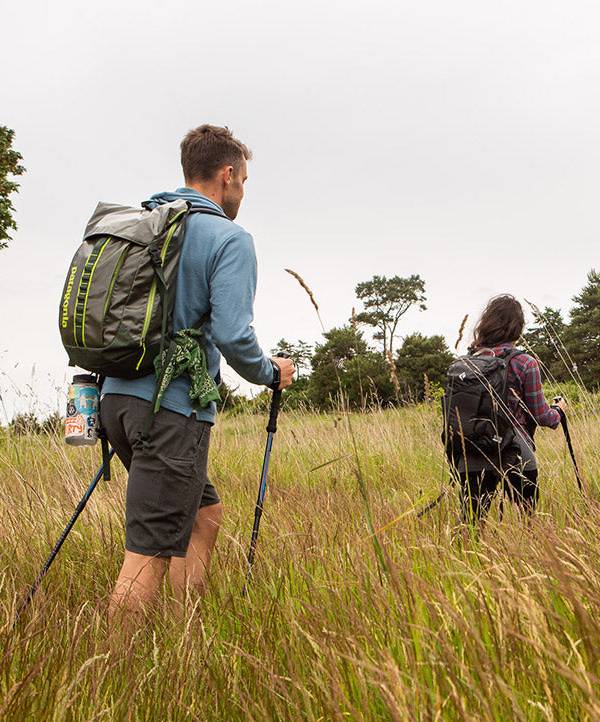

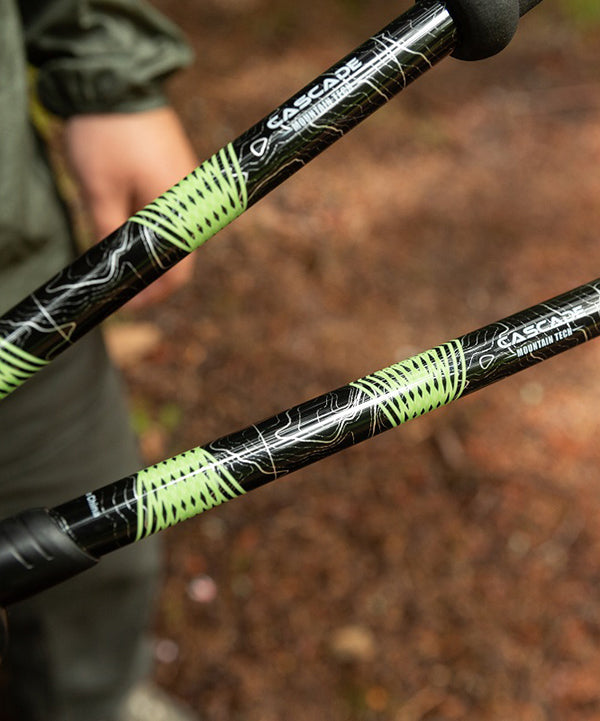

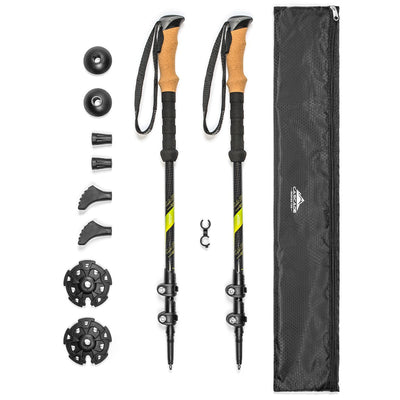
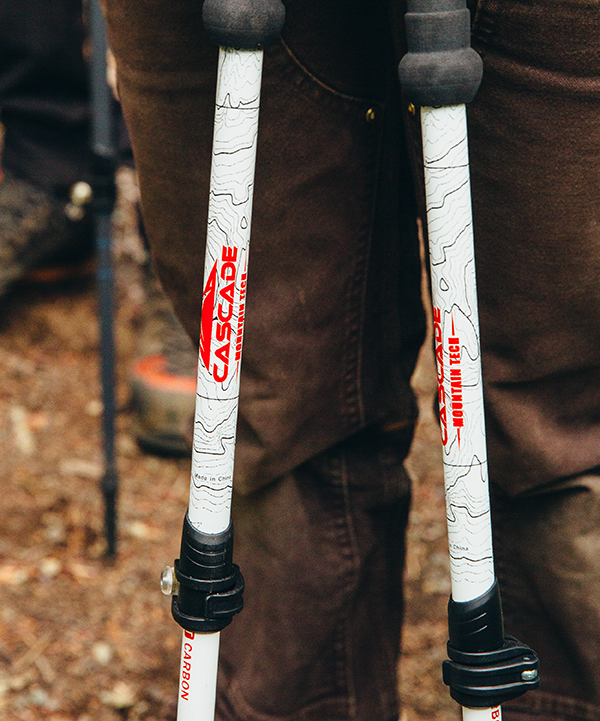
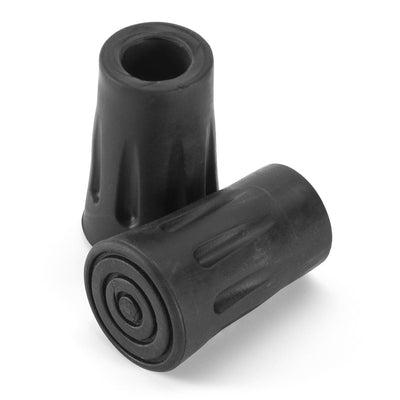
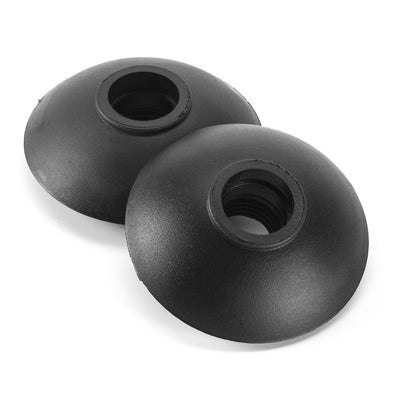
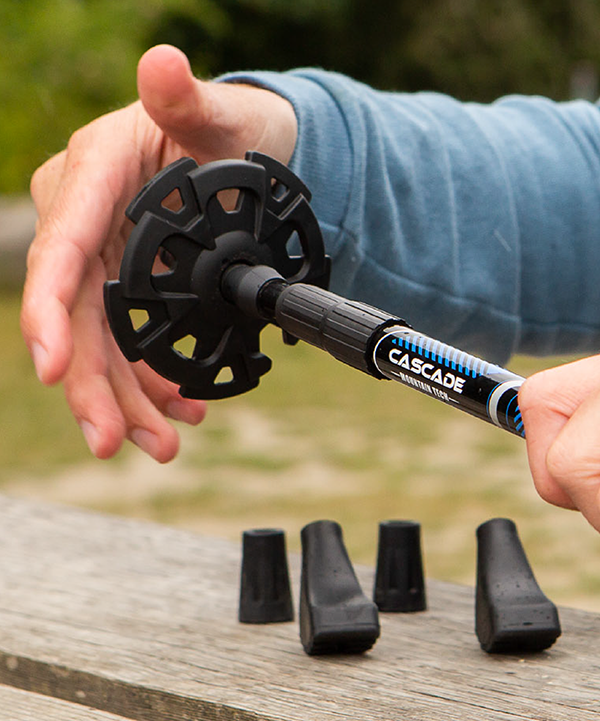
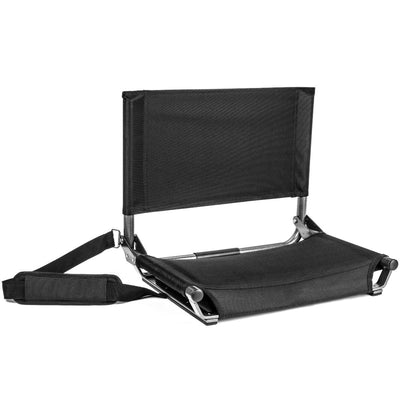
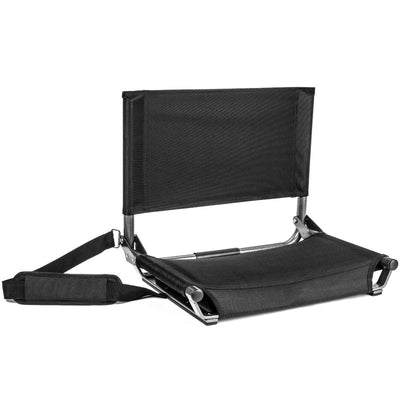



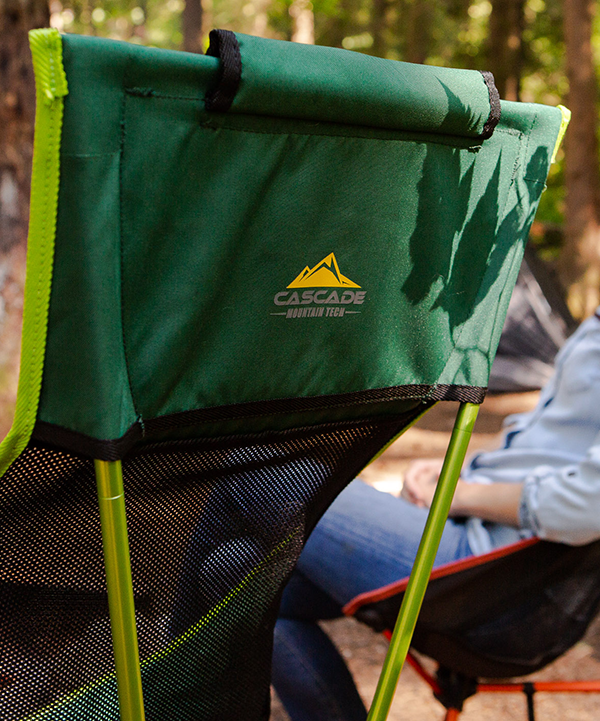
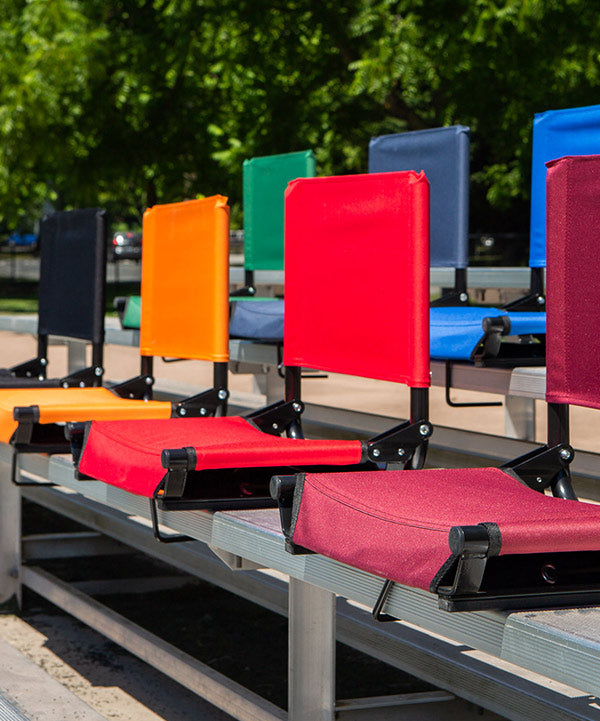

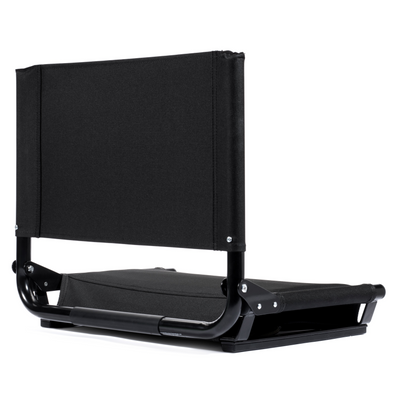
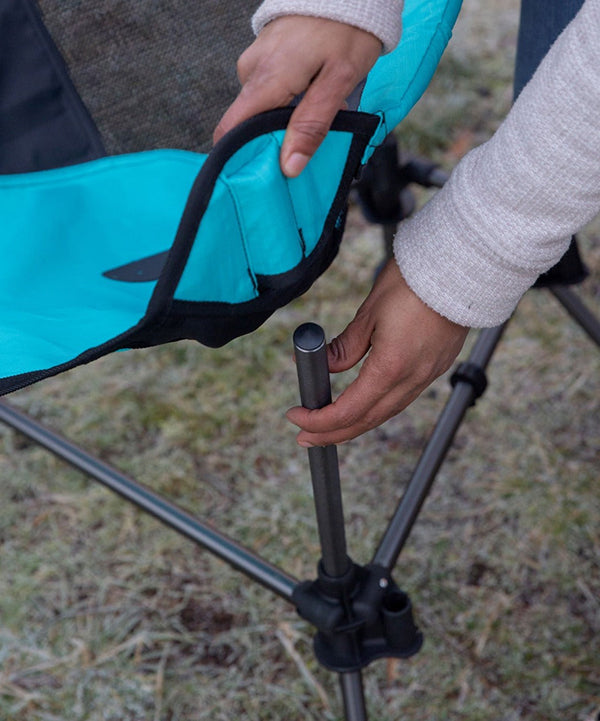
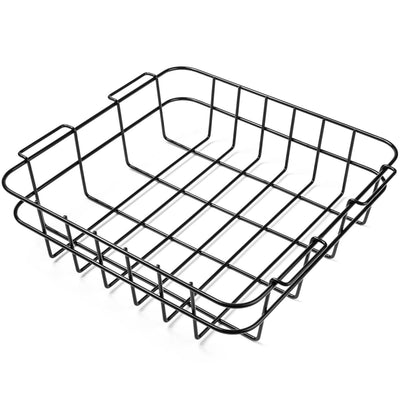

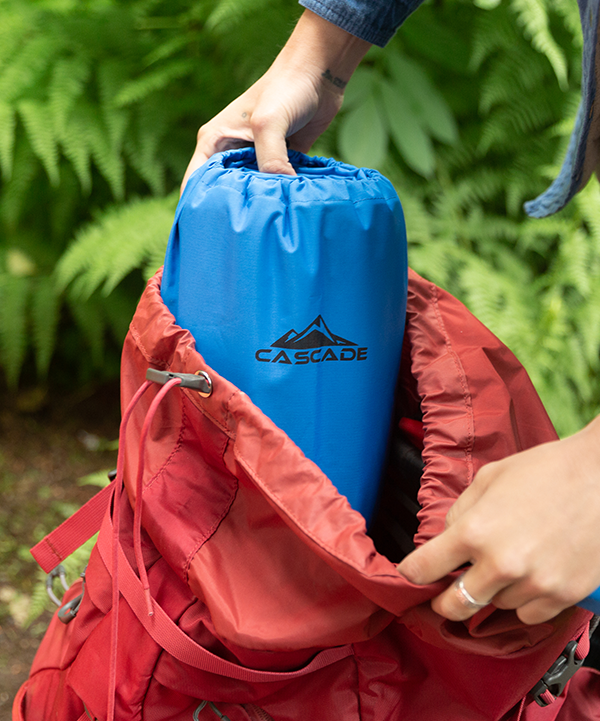
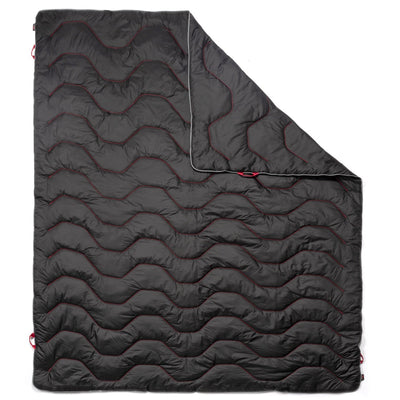
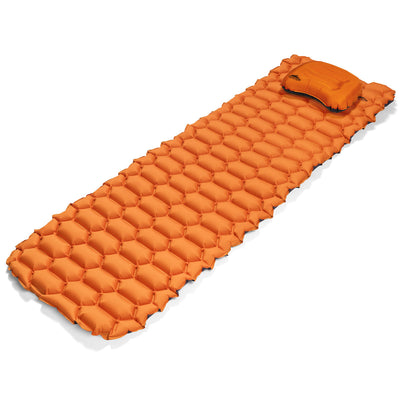



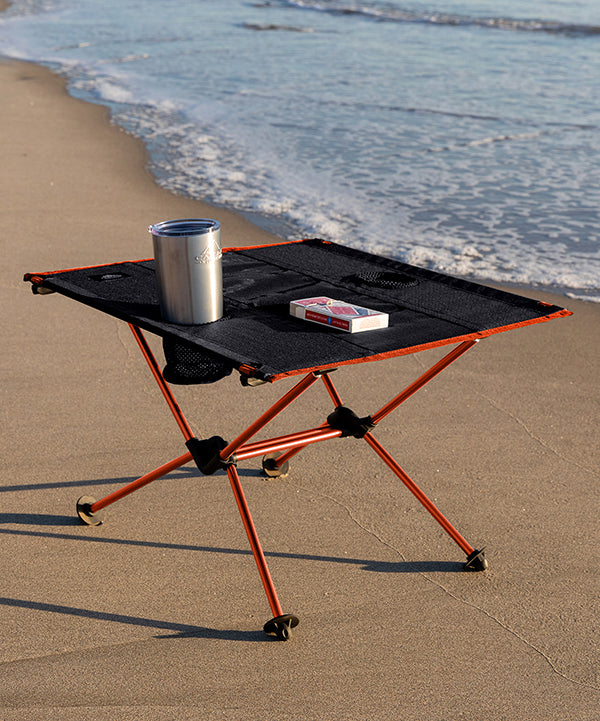

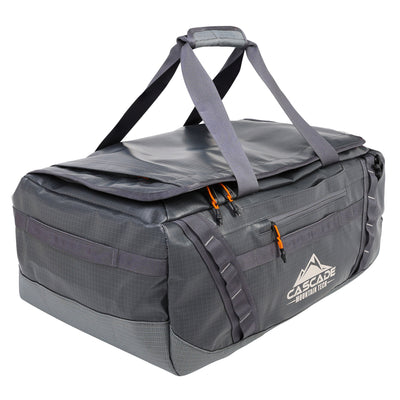
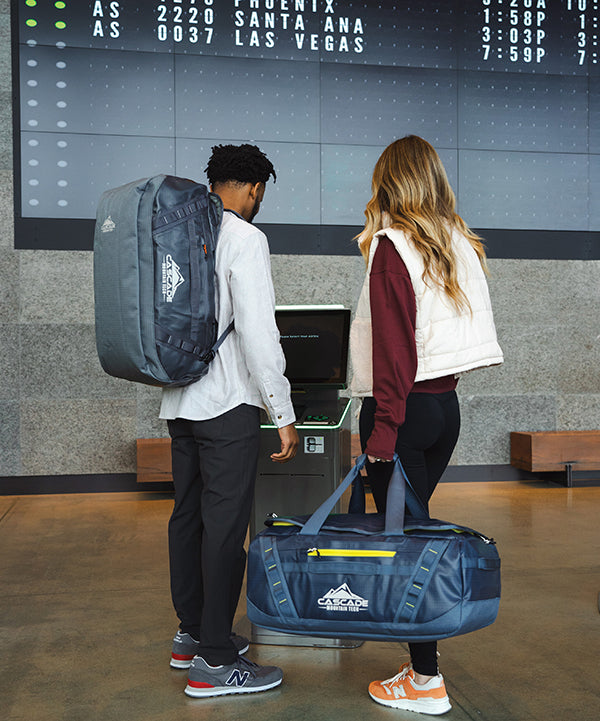
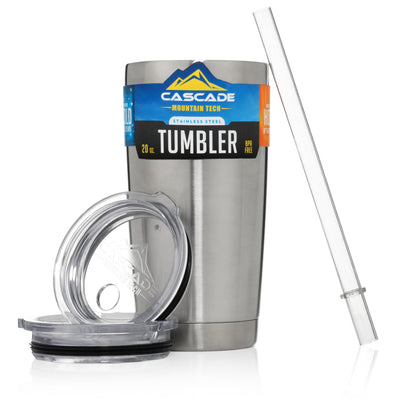
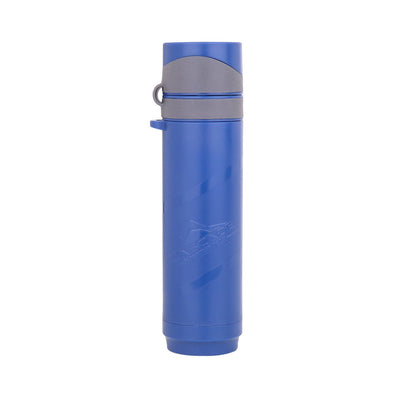
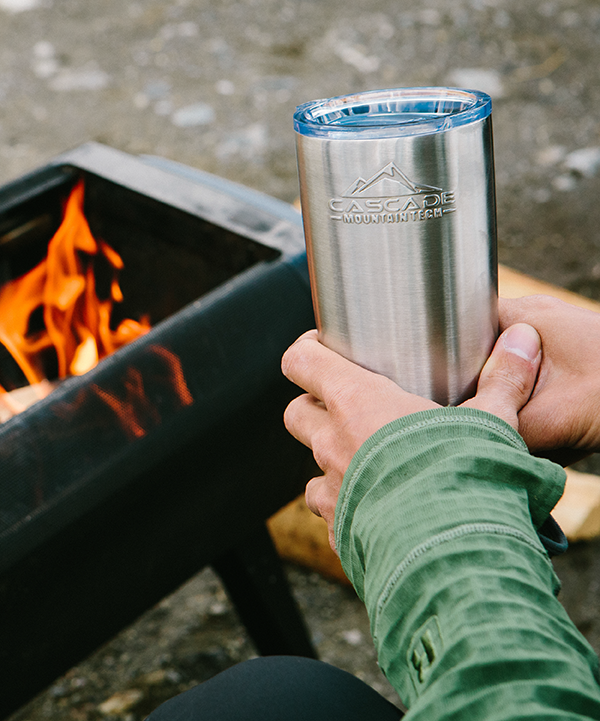
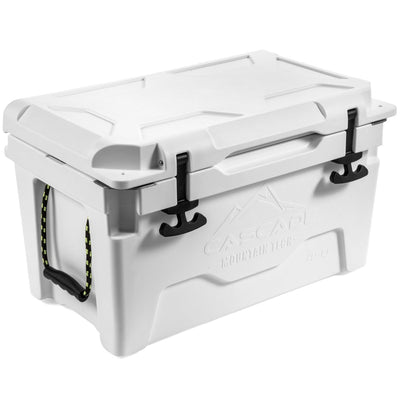



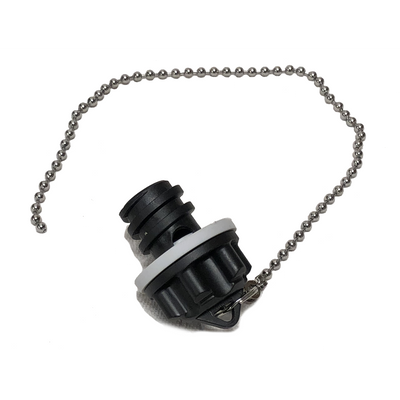
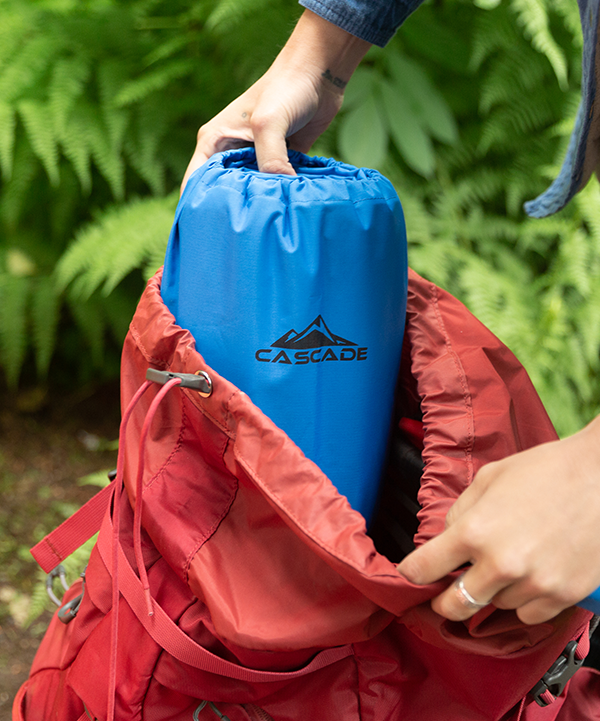
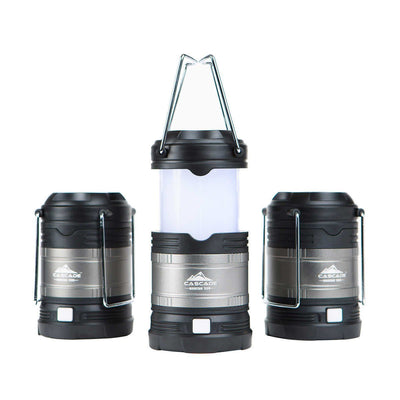

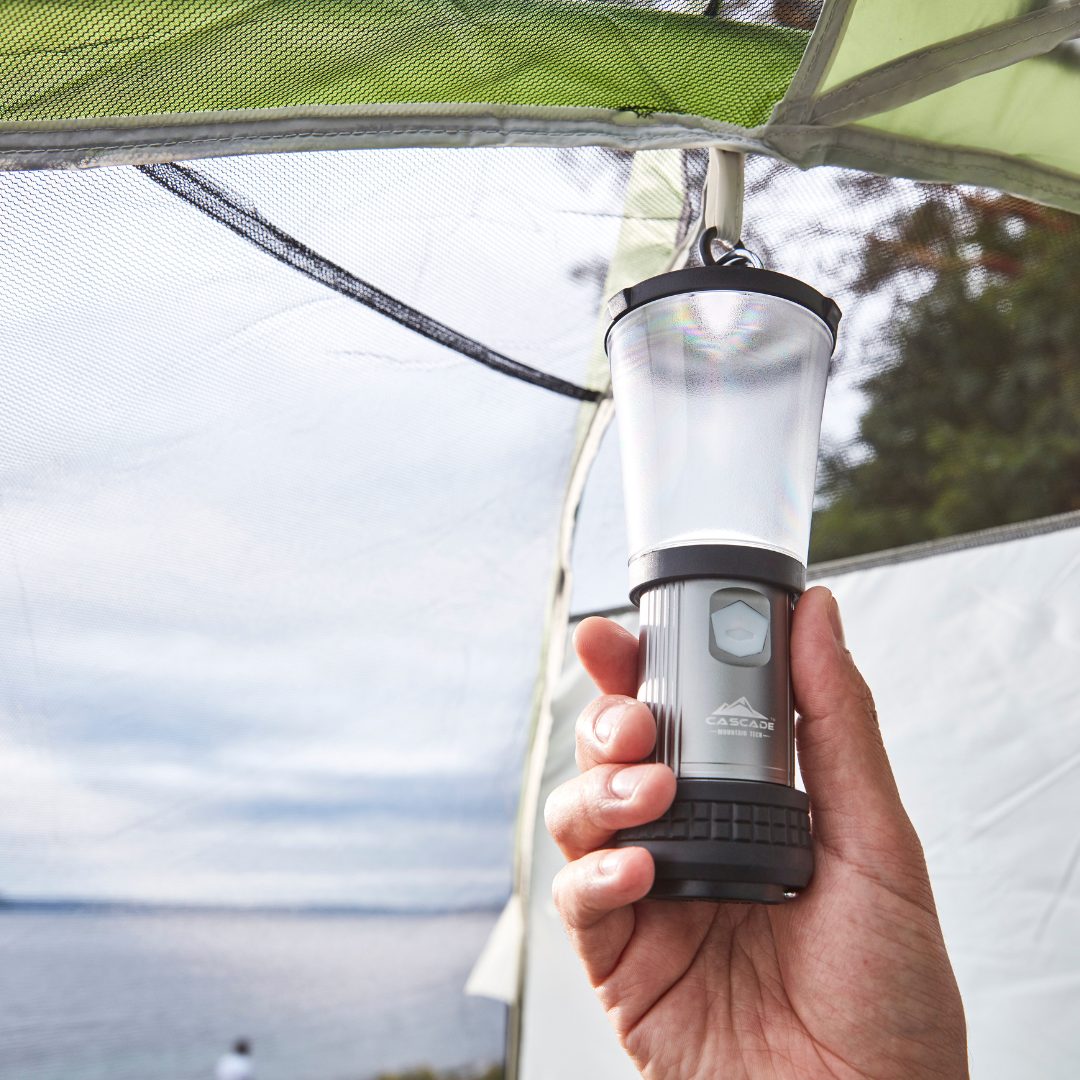

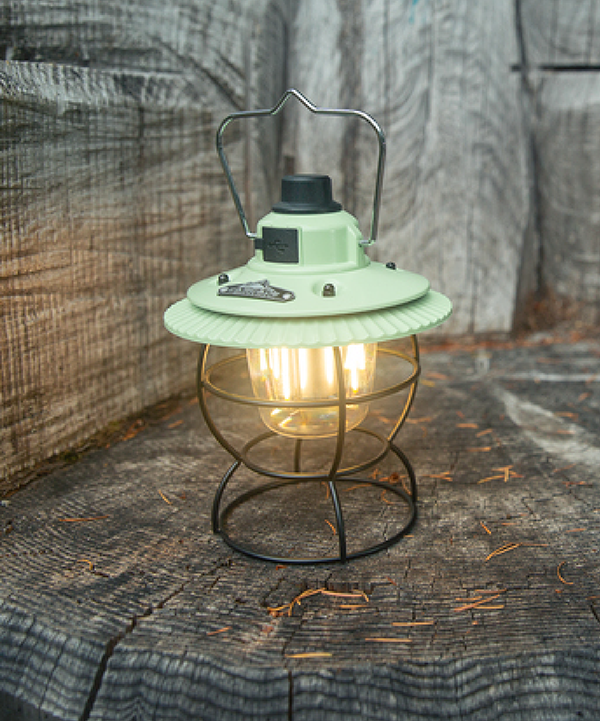

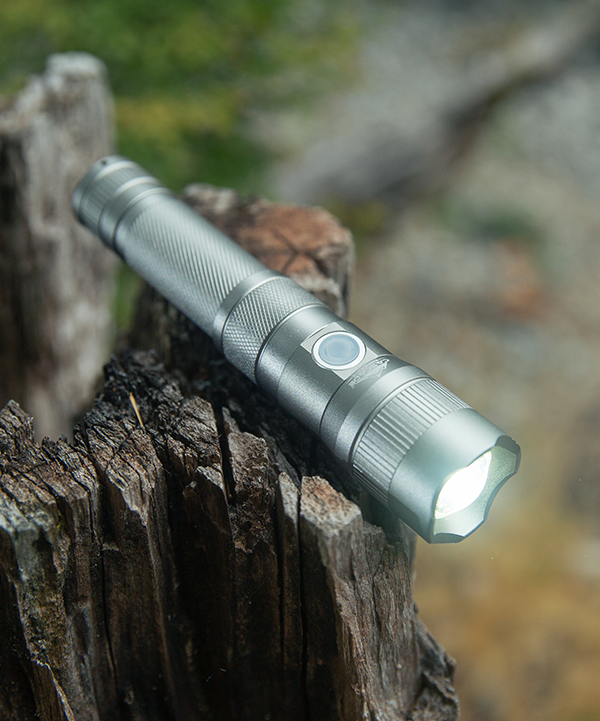

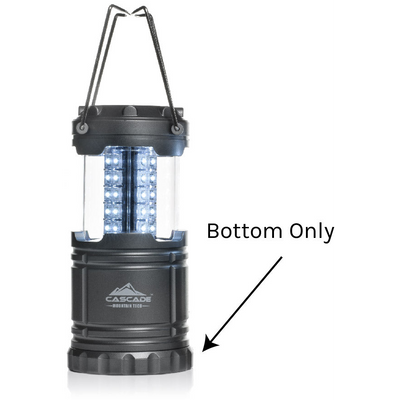
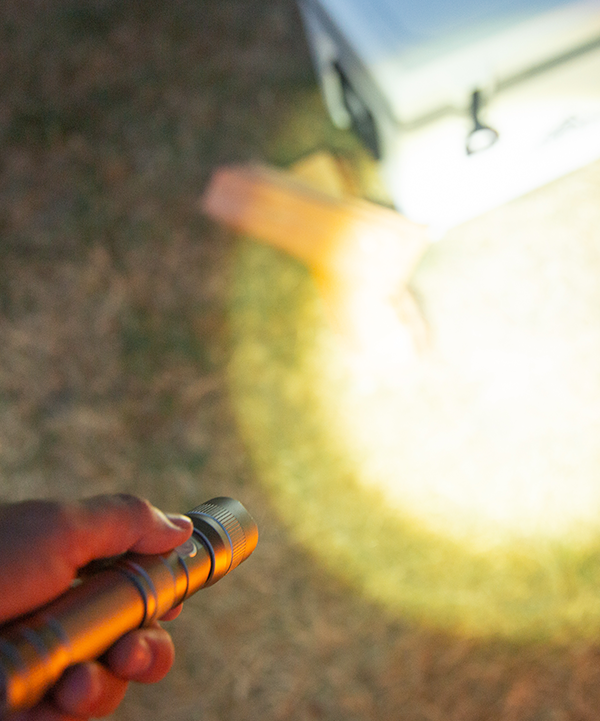
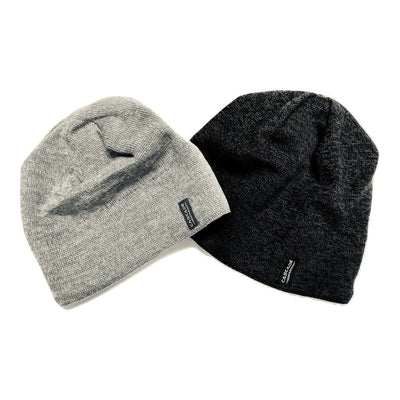
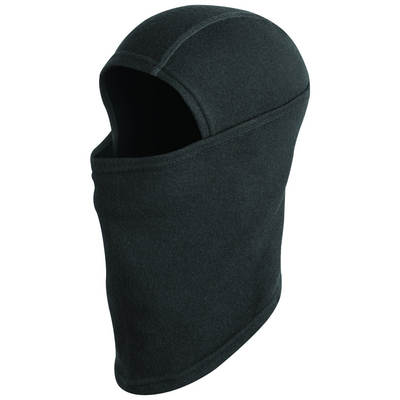
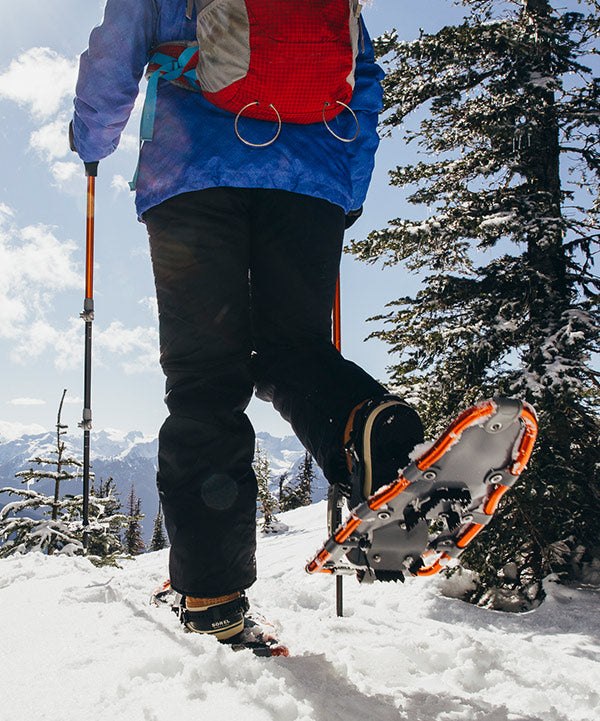

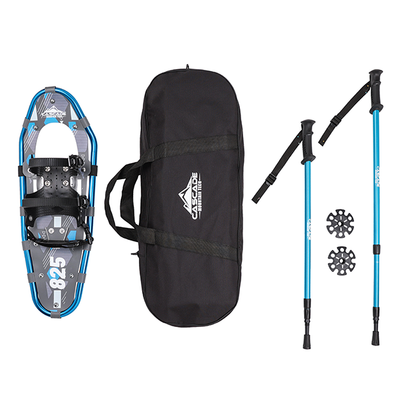
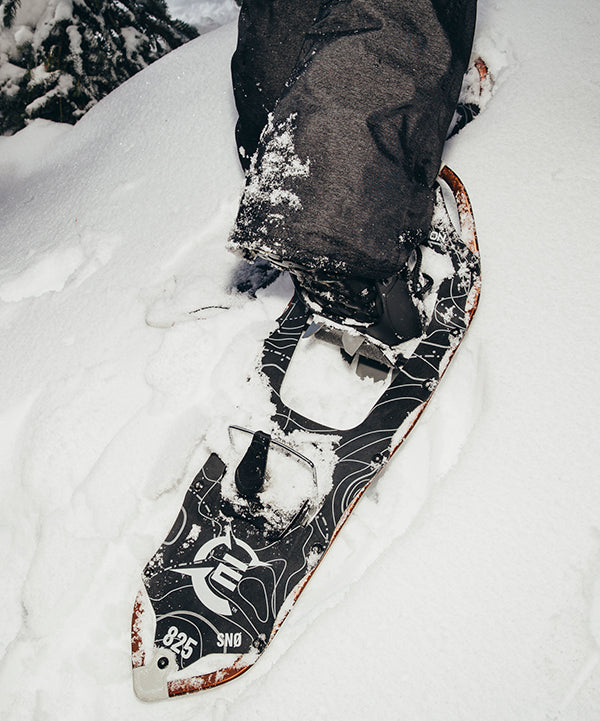

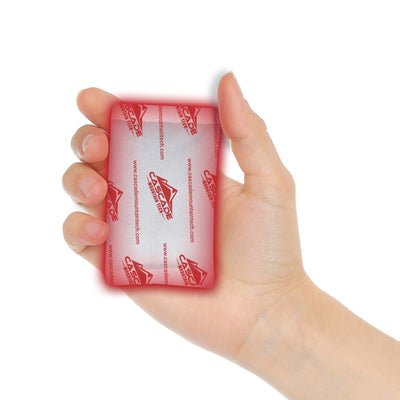

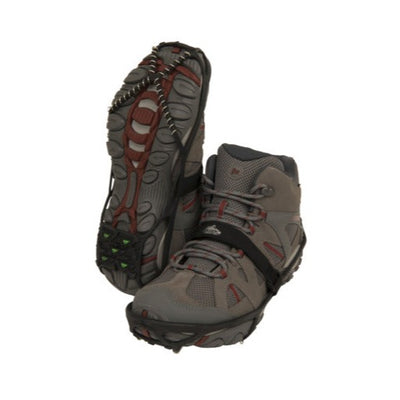

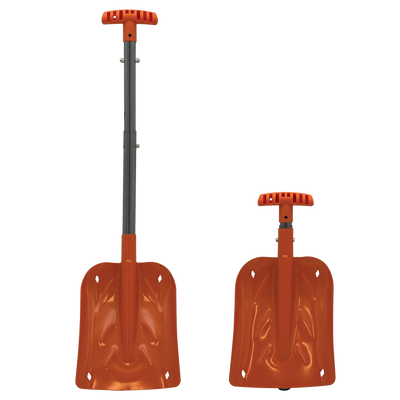
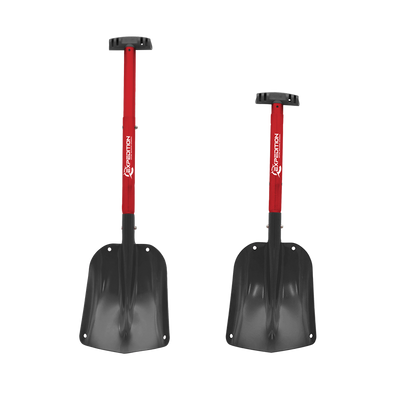
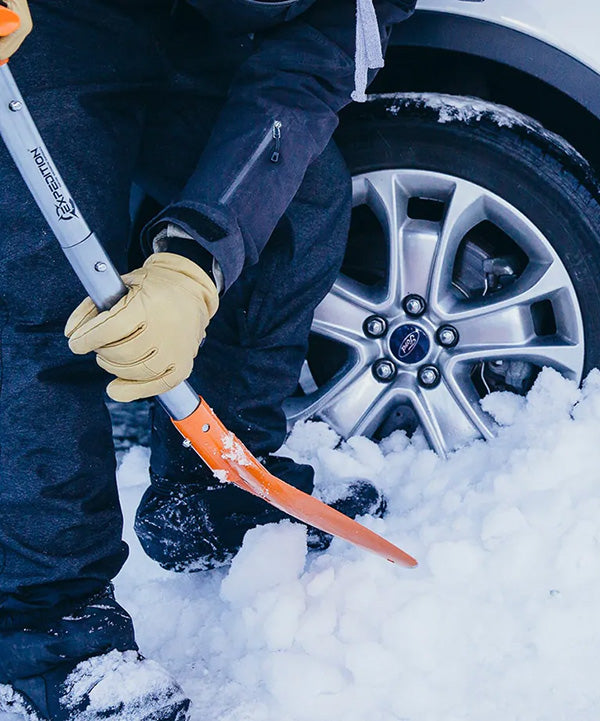
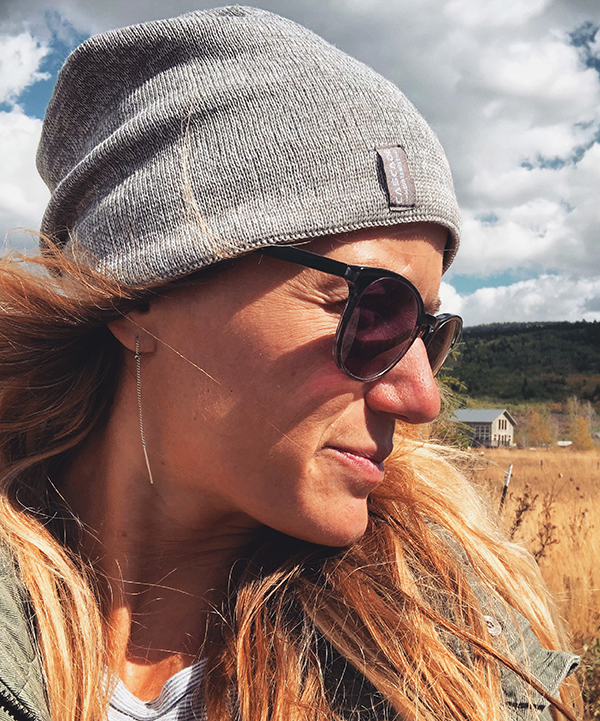

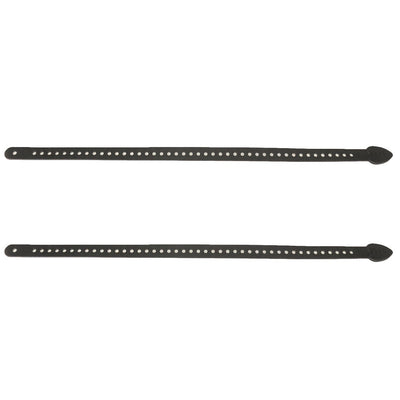











Great narrative. Thanks.
I still remember the great outings the scouts provided when I was a youngster back in 1948. We had a couple of great “masters” home from the war. My gear? Trapper Nelson pack, sleeping bag, small tent, aluminum cookware, food, and miscellaneous items and stuff to share with the rest (nearly 15 if my recall is any good) Mosquitos? I got eaten alive, but hardly cared.
Great narrative. Thanks.
I still remember the great outings the scouts provided when I was a youngster back in 1948. We had a couple of great “masters” home from the war. My gear? Trapper Nelson pack, sleeping bag, small tent, aluminum cookware, food, and miscellaneous items and stuff to share with the rest (nearly 15 if my recall is any good) Mosquitos? I got eaten alive, but hardly cared.
Leave a comment